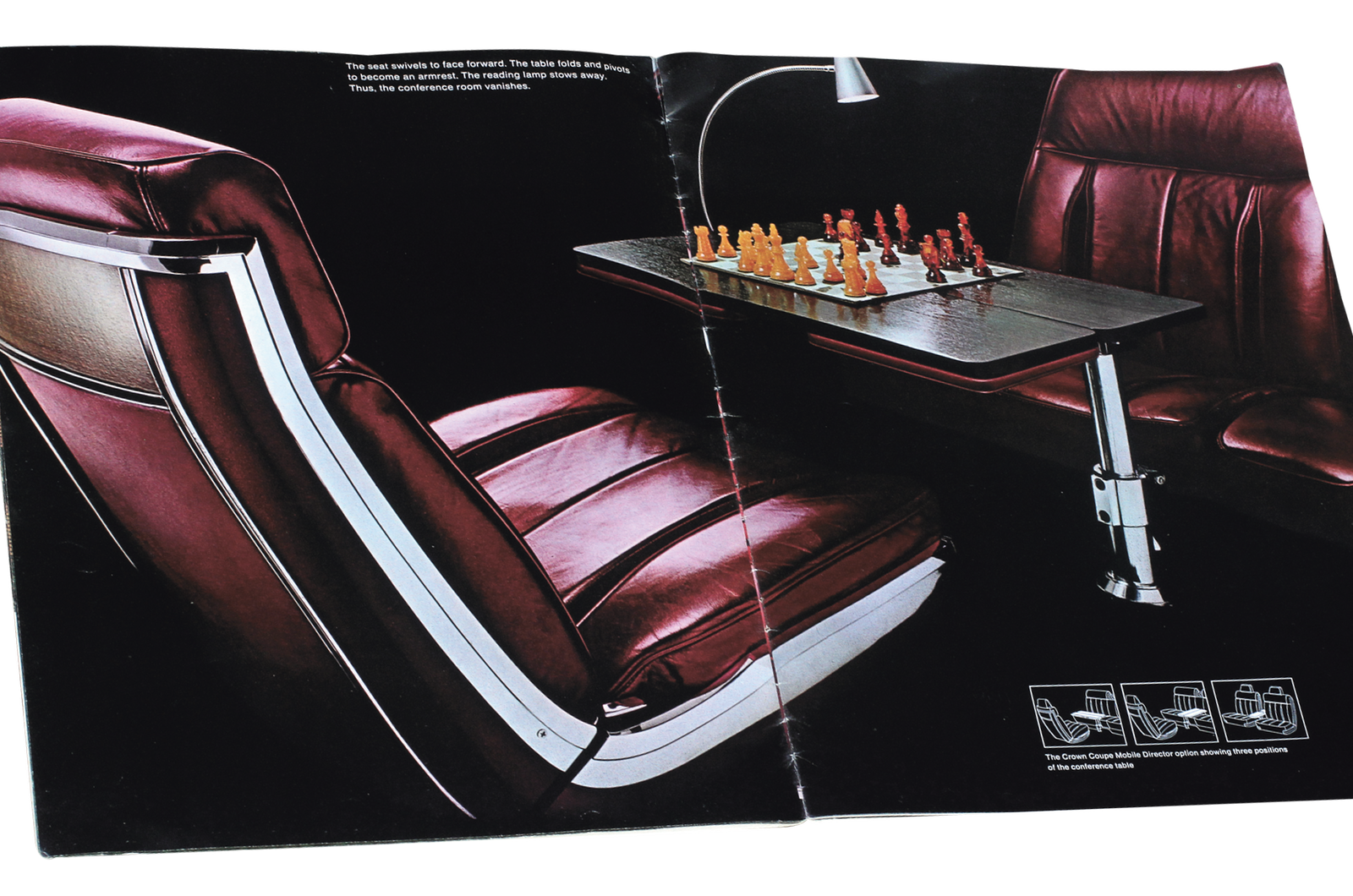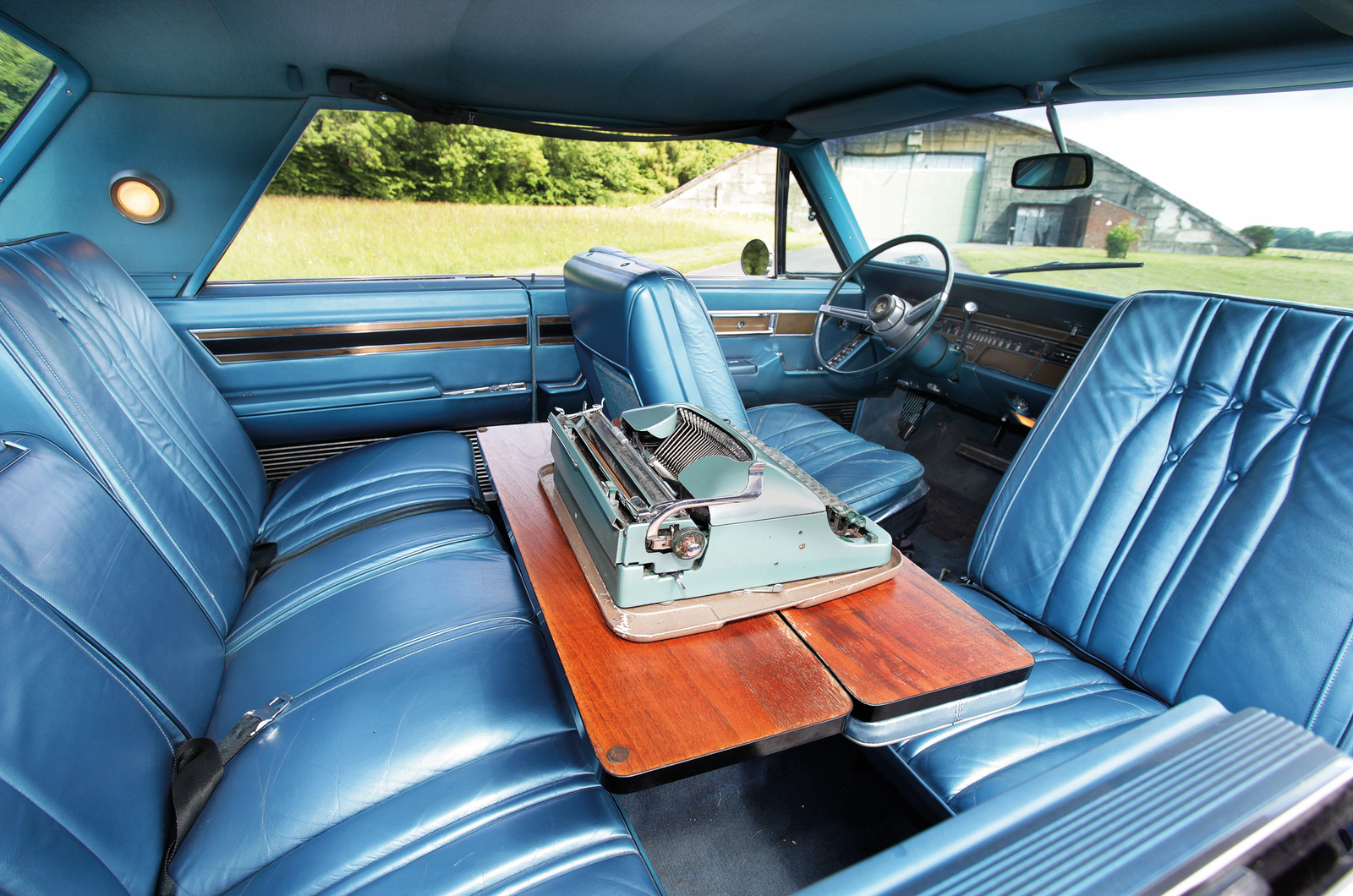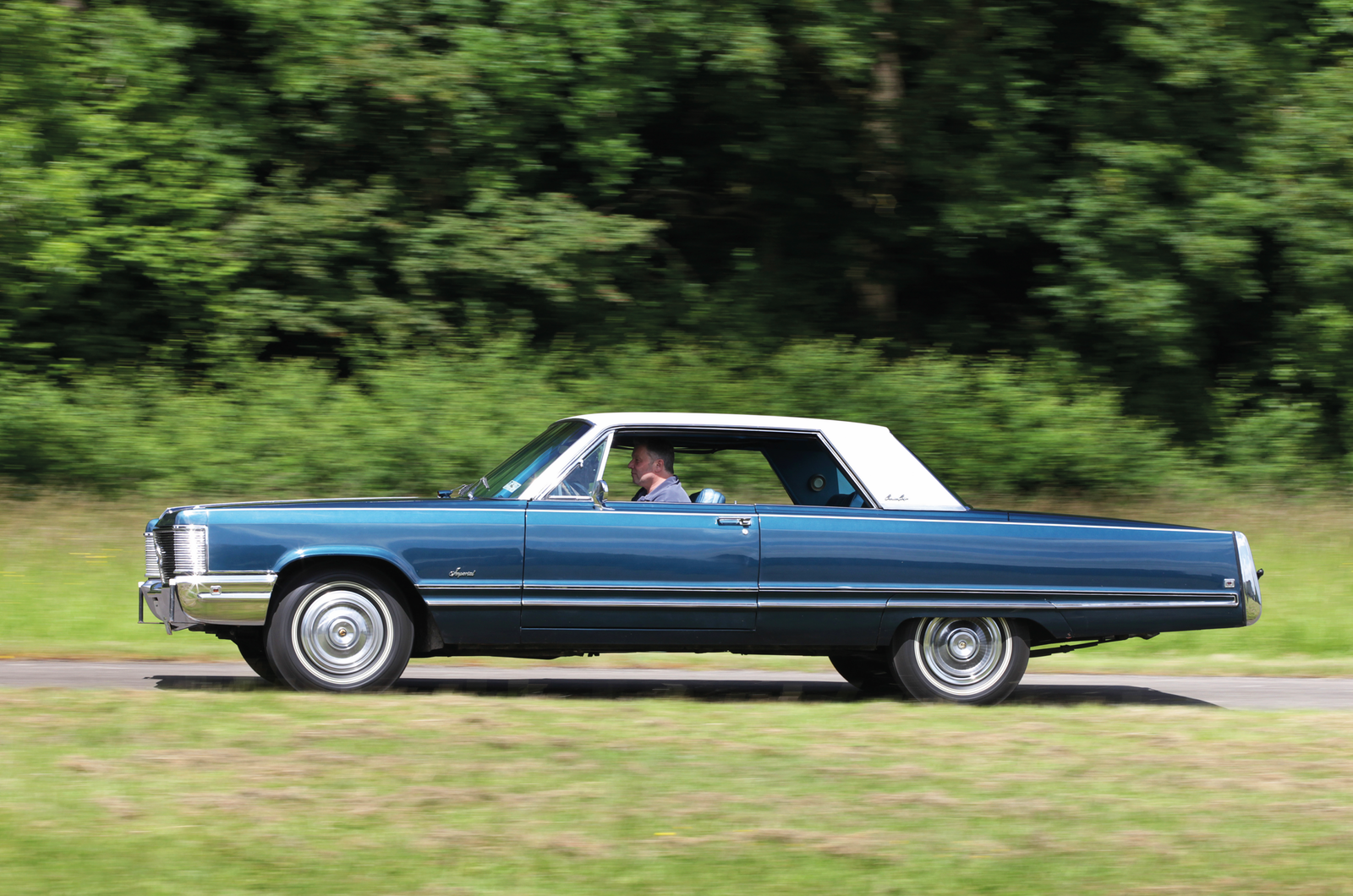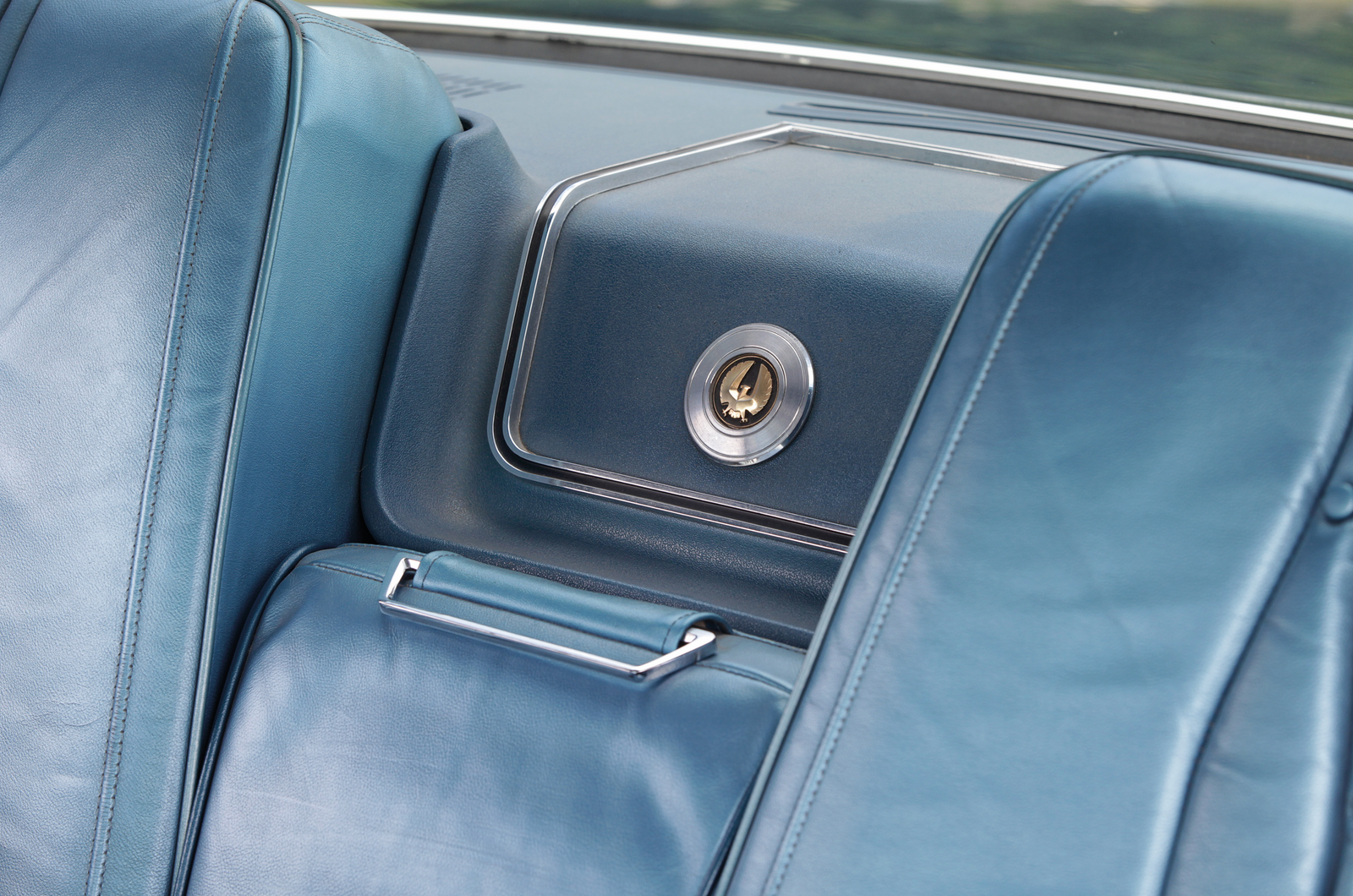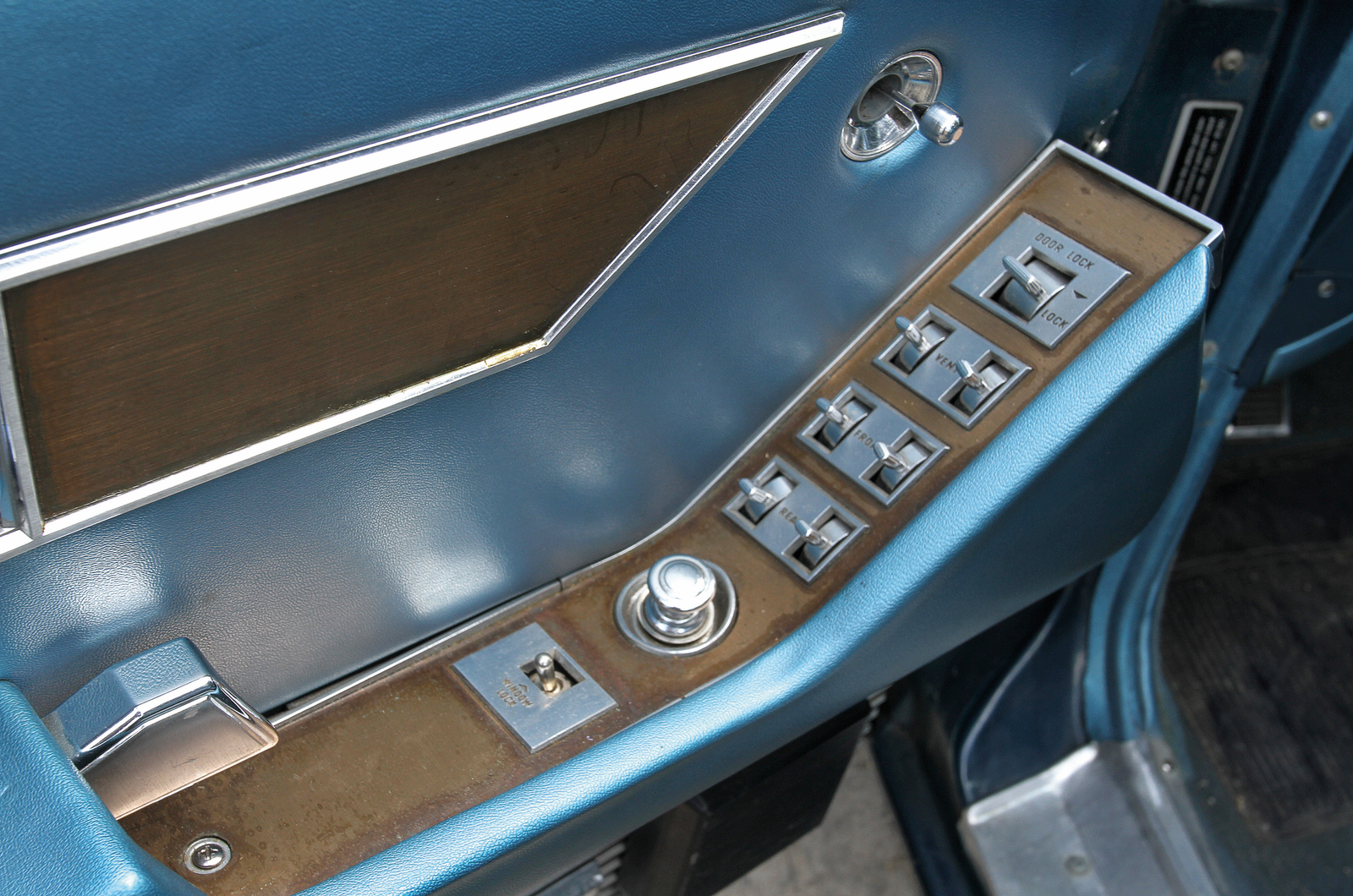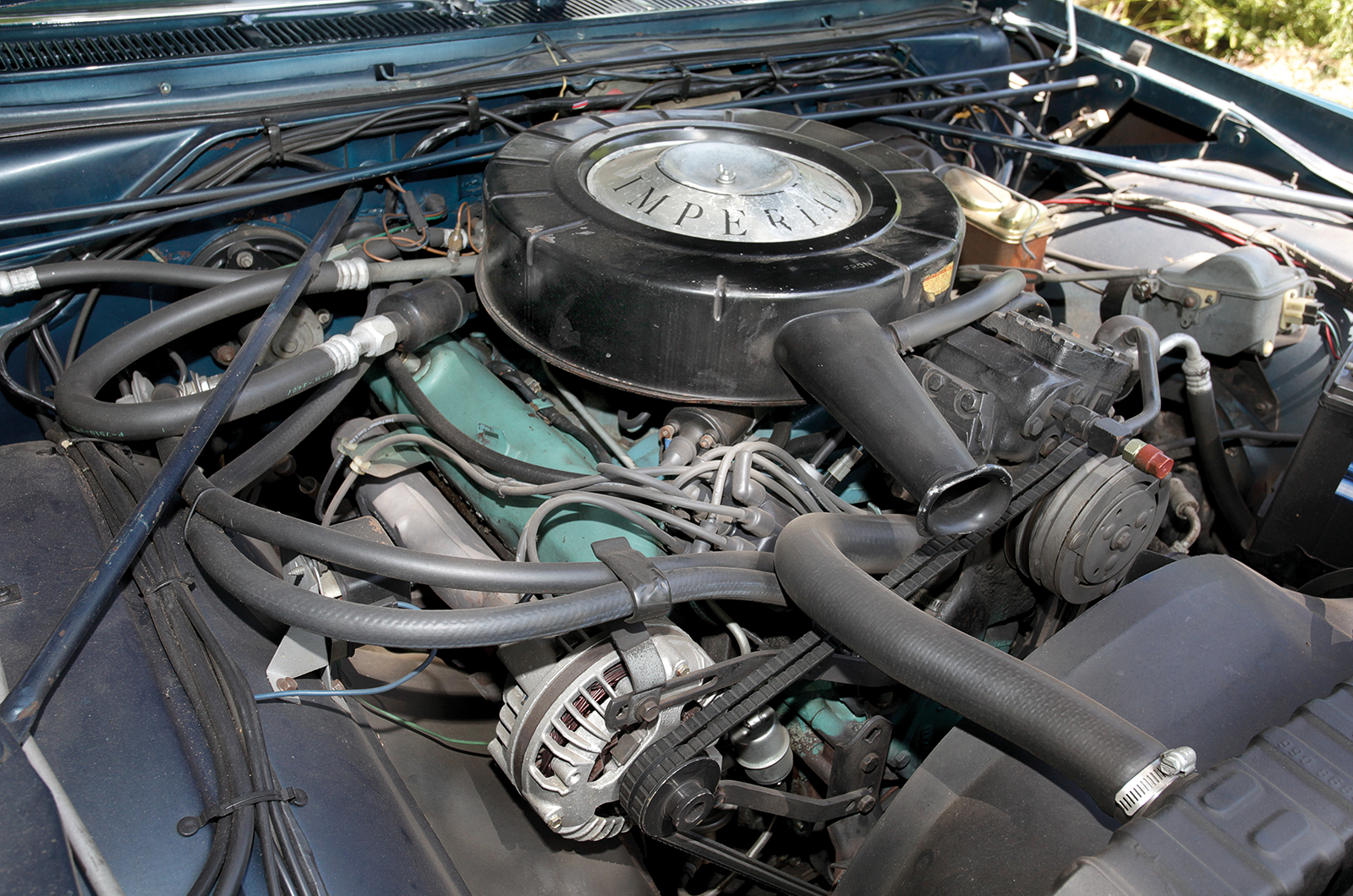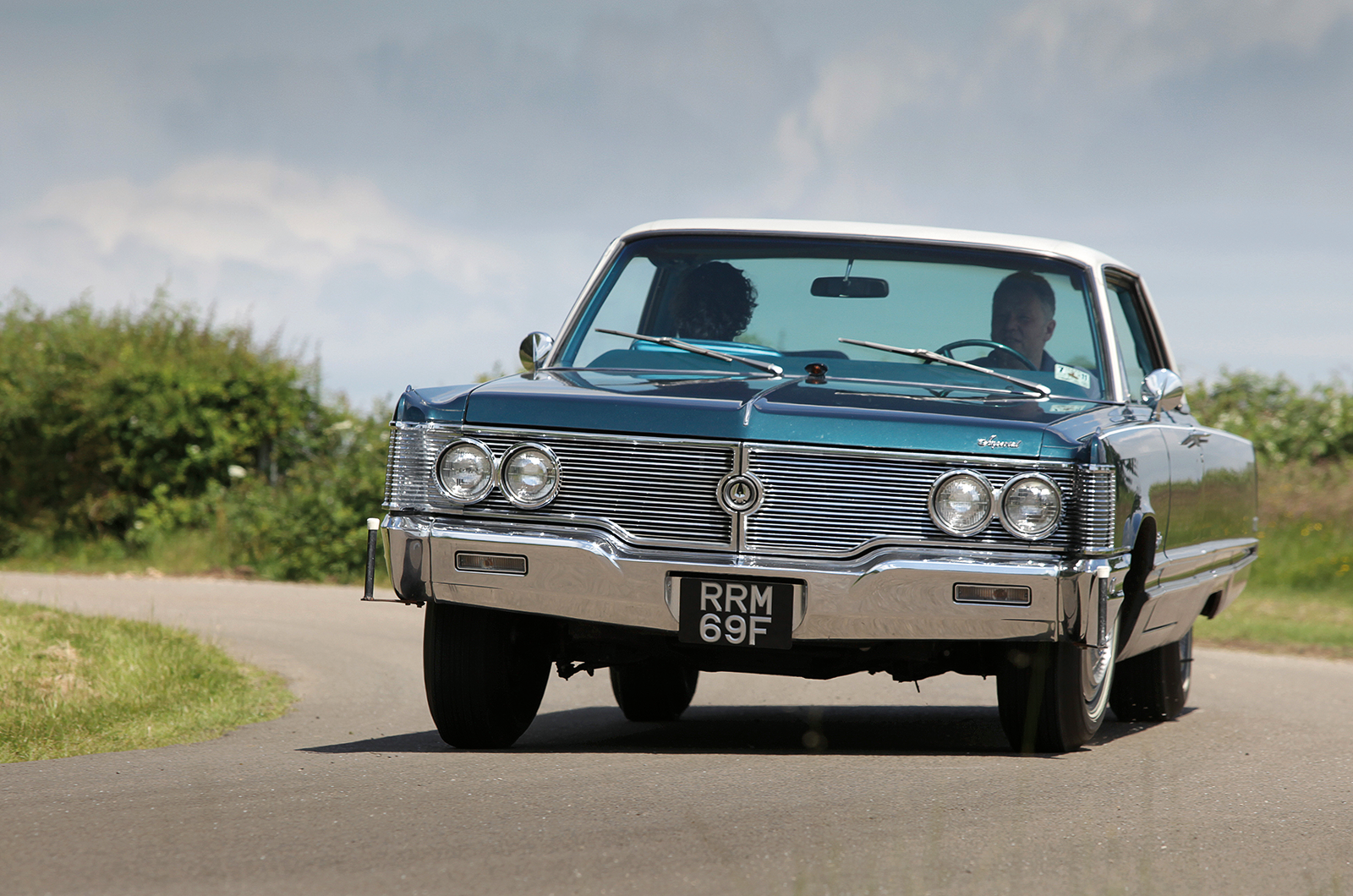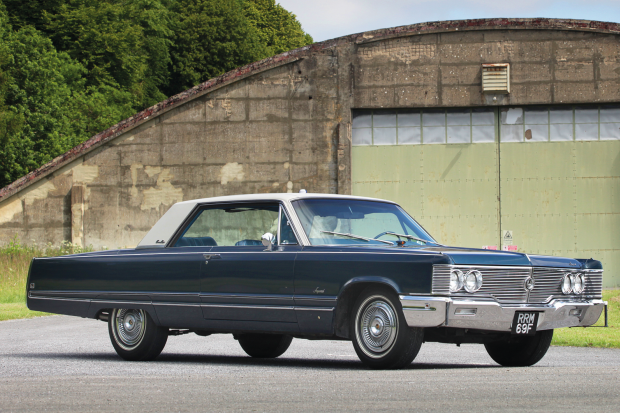
Whatever you might think of 1960s American cars, they never cease to amaze.
Just when you think that you’ve seen it all, there is always something to make you catch your breath and say: “Did they really make those?”
This Imperial Crown Coupe is just such a vehicle.
It comes from a period when anything still seemed possible. I mean, what other culture would have given us an 18½ft-long, two-door hardtop powered by a 7.2-litre V8?
Then, having decreed that it was completely rational everyday transport, who else but the Americans would (having equipped said barge with power-assisted everything) then decide that what you really needed was a rotating passenger seat and a foldout table that converted it into a mobile office?
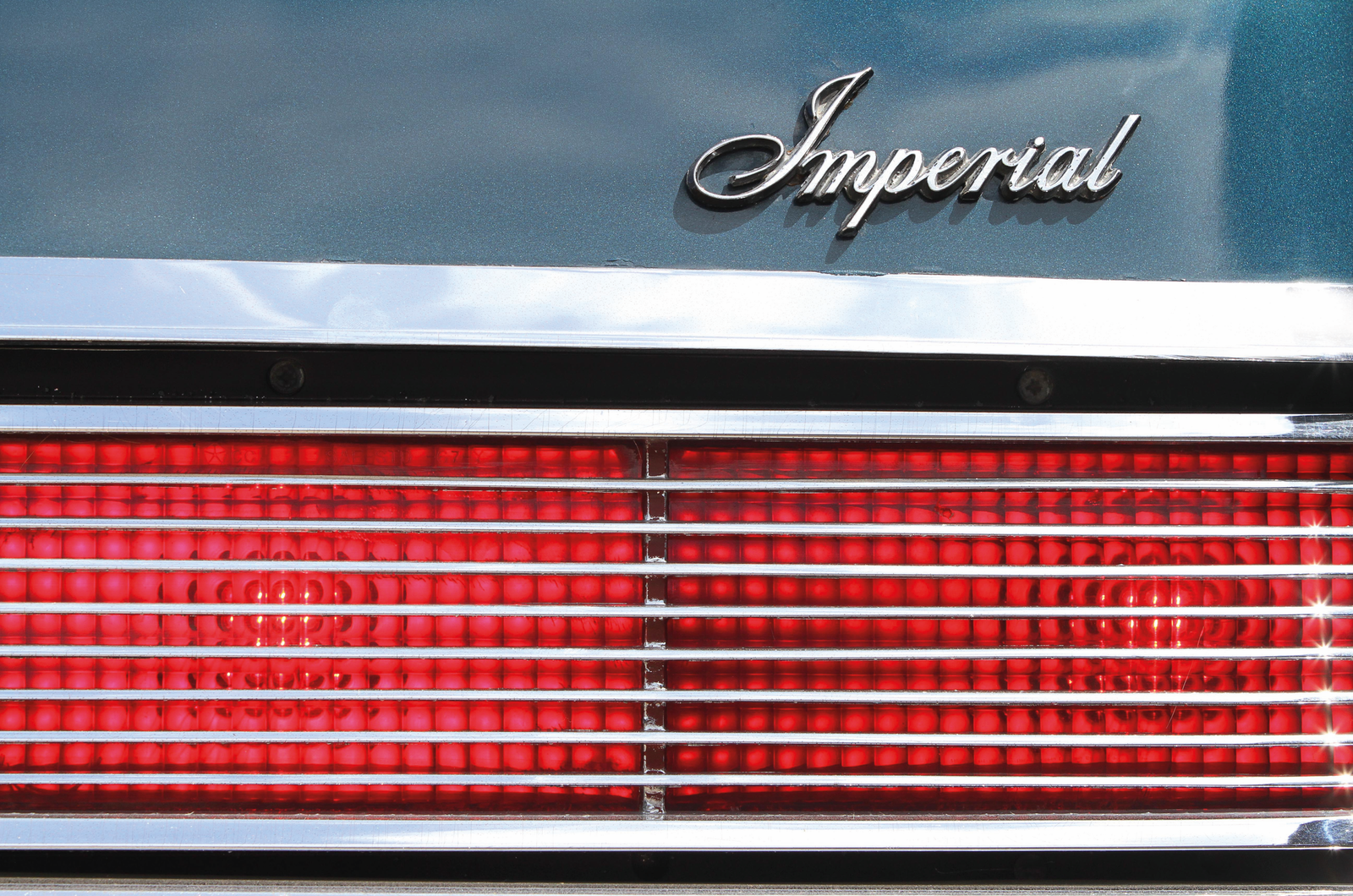
The Mobile Director began as a concept at the 1966 New York International Automobile Show
It sounds like something out of a second division Bond spoof – very Matt Helm or Our Man Flint – but it was a genuine option.
Any potential buyer could take the Mobile Director package in 1967 or ’68 and live out the fantasy of dictating letters to his secretary as they bowled along the interstate to their next meeting.

